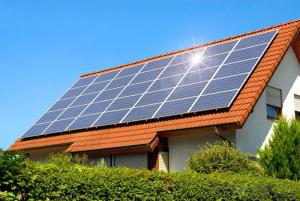260watt CNBM Solar Polycrystalline Series II (250W—260W)
- Loading Port:
- China main port
- Payment Terms:
- TT OR LC
- Min Order Qty:
- 10000 watt
- Supply Capability:
- 500000 watt/month
OKorder Service Pledge
OKorder Financial Service
You Might Also Like
Item specifice
CNBM Solar Polycrystalline Series II (250W—260W)
Characteristics
Max Power Voltage Vmp(V) | 30.1 | 30.4 | 30.5 |
Max Power Current Imp(A) | 8.31 | 8.39 | 8.53 |
Open Circuit Voltage Voc(V) | 37.4 | 37.5 | 37.6 |
Short Circuit Current Isc(A) | 8.83 | 8.86 | 8.95 |
Max Power Pm(W) | 250 | 255 | 260 |
Temperature Coefficient of Cells
NOCT | 45℃±2℃ | |
Temperature Coefficients of Isc (%/℃) | - 0.049 | |
Temperature Coefficients of Voc (%/℃) | –0.32 | |
Temperature Coefficients of Pmp (%/℃) | –0.43 | |
Mechanical Data
Dimension | 1638 x 982 x 40 mm | |
Weight | 19.5kg | |
No. of Cells and Connections | 60 (6 x 10) | |
Tolerance | 0~+5W | |
Cell Monocrystalline Cell | 156 x 156 mm | |
Packing | 700 Pcs/40ft(H) Container | |
Limits
Operating Temperature | –40 °C to +85°C | |
Storage Temperature | –40 °C to +85°C | |
Max System Voltage | 1000VDC(IEC) / 600VDC(UL) | |
IV Curve

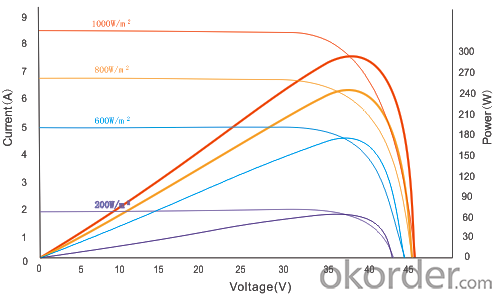
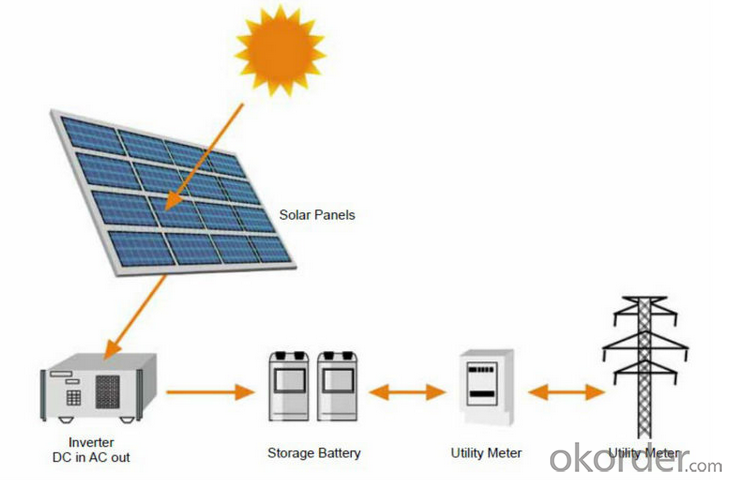
Image
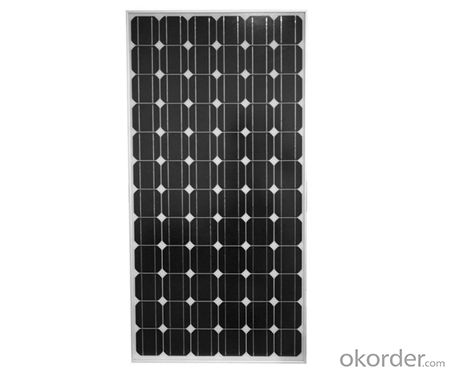
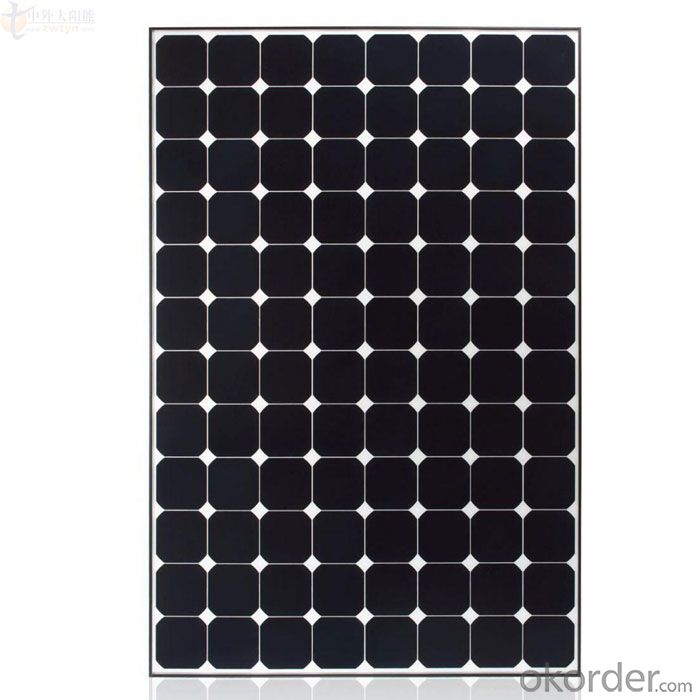
Guarantees
Products Guarantee 12 yrs free from defects in materials and workmanship
Performance Guarantee No less than 90% within 10yrs and no less than 80% within 25yrs
Certificates TUV (IEC61215&IEC61730), VDE(IEC61215&IEC61730), UL, CE
FAQ
1. Q: Do you have your own factory?
A: Yes, we have. Our factory located in Jiangsu province.
2. Q: How can I visit your factory?
A: Before you take off from your country, please let us know. We will show you the way, or arrange time to pick you up if possible.
3. Q: Do you provide free sample?
A: Usually we do not offer free sample
4. Q: Could you print our company LOGO on the nameplate and package?
A: Yes, we can do that.
- Q:How do solar panels affect insurance rates?
- Solar panels can potentially lower insurance rates for homeowners. While the installation of solar panels adds value to a property, it also reduces the risk of damage caused by fire, as these panels produce electricity without combustion. As a result, insurance companies may offer discounts or lower premiums due to the reduced risk of fire-related claims. However, it's important to consult with your insurance provider to understand the specific impact on your insurance rates, as policies can vary.
- Q:How do solar panels affect the property's energy independence?
- Solar panels can greatly enhance a property's energy independence by generating clean and renewable electricity. By harnessing the power of the sun, solar panels reduce the property's reliance on traditional energy sources, such as fossil fuels. The excess energy produced by solar panels can be stored in batteries or fed back into the grid, further increasing the property's self-sufficiency. Ultimately, solar panels enable homeowners to reduce their electricity bills and contribute to a more sustainable and eco-friendly energy system.
- Q:With no moving parts, no fuel piping and so on...
- They are made of costly materials and require expensive manufacturing processes. The market has been limited because people are not catching on very well to the new idea. The more we buy and use solar panels, the more the price will come down.
- Q:Can solar panels be used in remote areas without access to the grid?
- Yes, solar panels can be used in remote areas without access to the grid. Solar panels generate electricity by harnessing sunlight, and they can operate independently of the grid. This makes them an ideal solution for remote areas where setting up power lines and accessing the grid may be difficult or costly. Solar panels can provide a reliable and sustainable source of electricity in such areas, allowing for various applications like powering homes, schools, clinics, and even small businesses.
- Q:How much electricity can a solar panel produce?
- The amount of electricity a solar panel can produce depends on several factors, such as its size, efficiency, and the amount of sunlight it receives. On average, a standard solar panel can generate anywhere from 250 to 400 watts of electricity per hour. However, larger and more efficient panels, combined with optimal sunlight conditions, can potentially produce even more electricity.
- Q:Can solar panels be used for charging outdoor power tools?
- Yes, solar panels can be used for charging outdoor power tools. They can harness sunlight and convert it into electricity, which can then be used to charge the batteries of outdoor power tools. This allows for a sustainable and convenient way to power these tools without relying on traditional electricity sources.
- Q:How do solar panels impact wildlife?
- Solar panels have minimal impact on wildlife compared to other forms of energy generation. While there may be some concerns about the disruption of habitats during installation, once operational, solar panels do not emit greenhouse gases or pollutants, reducing air and water pollution that can harm wildlife. Additionally, solar panels typically occupy a small fraction of land and can be installed on rooftops or in areas with limited biodiversity, minimizing the impact on wildlife habitats.
- Q:What is the principle and structure of solar panels?
- solar controller: the role of solar controller is to control the working state of the entire system, and the battery played a charge protection, over discharge protection role. In the larger temperature difference, the qualified controller should also have the function of temperature compensation. Other additional functions such as light control switch, time control switch should be the option of the controller;
- Q:Would like to know if the DIY Solar panel systems can be as efficient as a commercial grade panel.
- What kind of panel are you talking about? Solar thermal, as in for hot water/room heating? Or photovoltaic? In the end its a matter of how good your DIY skills are and from what level of DIY you are talking about. eg, if you are buying the panels and installing them yourself, then there should be no difference. If you are fabricating the panels then you better be good at what you do. Creating photovoltaic cells is not a simple task. Soldering purchased cells together to create panels is tricky as they are easily damaged. Efficiency should not be a problem, but finish might be as well as robustness. It would be safer to buy complete panels and just mount them yourself and set up the batteries ans switch gear. But use good gear and follow instructions very carefully. With thermal panels you might not get the same levels of efficiency by using cheaper materials, std glass instead of non reflective for instance, but if space is not an issue, then you can get more heat out by going bigger and still save overall.
- Q:Can solar panels be used in areas with high humidity?
- Yes, solar panels can be used in areas with high humidity. However, high humidity levels can affect the overall efficiency of solar panels due to a decrease in their performance. The moisture in the air can cause a film of dirt or dust to accumulate on the panels, reducing their ability to absorb sunlight effectively. Regular cleaning and maintenance can help mitigate these effects and ensure optimal performance.
1. Manufacturer Overview |
|
|---|---|
| Location | |
| Year Established | |
| Annual Output Value | |
| Main Markets | |
| Company Certifications | |
2. Manufacturer Certificates |
|
|---|---|
| a) Certification Name | |
| Range | |
| Reference | |
| Validity Period | |
3. Manufacturer Capability |
|
|---|---|
| a)Trade Capacity | |
| Nearest Port | |
| Export Percentage | |
| No.of Employees in Trade Department | |
| Language Spoken: | |
| b)Factory Information | |
| Factory Size: | |
| No. of Production Lines | |
| Contract Manufacturing | |
| Product Price Range | |
Send your message to us
260watt CNBM Solar Polycrystalline Series II (250W—260W)
- Loading Port:
- China main port
- Payment Terms:
- TT OR LC
- Min Order Qty:
- 10000 watt
- Supply Capability:
- 500000 watt/month
OKorder Service Pledge
OKorder Financial Service
Similar products
New products
Hot products
Related keywords
